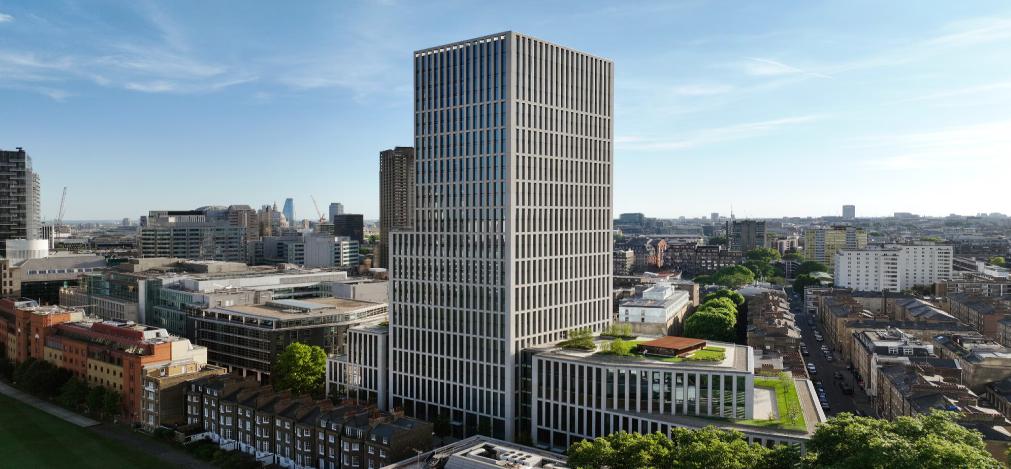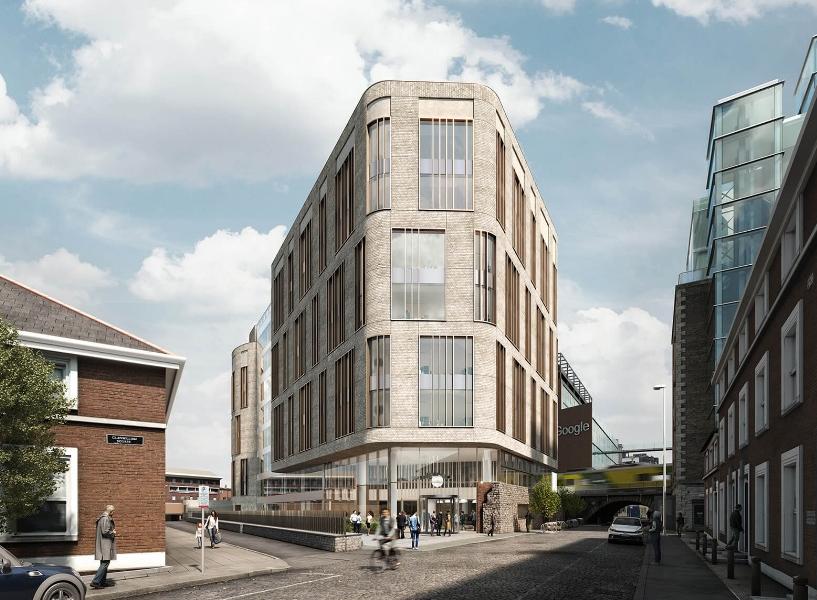For much of the post-COVID period, Canary Wharf has been one of London’s weaker office markets. As corporates shedreal estate, legal giants and banks decamped toward the City.
A steady stream of major occupiers including HSBC, Clifford Chance, Moody’s and State Street chose to relocate from Canary Wharf to the Square Mile. But halfway through 2025, the tide seemed to turn decisively.
HSBC occupy 1.1 million square feet at 8 Canada Square in Canary Wharf. The global bank committed its future to the City of London by leasing the entirety of Panorama (550,000 sq ft). It subsequently became apparent that HSBC had cut their London footprint too aggressively and boosted the market by taking a lease of a further 210,000 sq ft to mitigate the shortfall. In a surprising plot twist, the additional space was taken at 40 Bank Street in Canary Wharf.
The HSBC deal is not an isolated case. Revolut and Zopa have recently made significant commitments to Canary Wharf. Visa is considering Canary Wharf for its London HQ requirement and BBVA has expanded its footprint at One Canada Square. Deutsche Bank is in talks over 250,000 sq ft at the YY Building. Meanwhile, Citi is investing £1 billion into overhauling its Canary Wharf tower.
What has driven this sudden change of fortunes? There are several factors to consider. Many firms are tightening their remote-working policies. Banks and financial institutions in particular are pushing workers to spend more time in the office. ‘Return to office’ is driving occupier demand across London but has particularly benefitted Canary Wharf by virtue of the lack of supply of premium office space in the Square Mile.

It might be too cynical to argue that Canary Wharf’s recent success is simply down to the lack of available stock in the City. In recent years, Canary Wharf has been undergoing a revolution. It is no longer purely an office park but is now a vibrant retail, hospitality and residential destination. Whilst the recent leasing deals are very positive, many of the transactions are with existing Canary Wharf occupiers and with companies in the finance sector. Can the Wharf attract increasingly diversified tenants from other London submarkets?
Canary Wharf, once London’s weakest submarket, is showing signs of life. Nevertheless, vacancy rates still exceed London’s average. The coming quarters will tell whether the Wharf can sustain momentum but for now, Canary Wharf is enjoying a revival.
Spring4 Spotlight – What Have We Been Up To?
HYLO, EC1

Location: London
Client Sector: Publishing
Success Story: Acquisition of new 25,000 sq ft leased headquarters on the 3rd floor at HYLO. HYLO is a newly developed 28 storey office building in a prime Old Street location, offering market leading communal tenant facilities. Spring4 are also managing the client’s exit strategy and end of lease liabilities at their existing offices.

The Sidings, D02

Location: Dublin
Client Sector: Compliance Services
Success Story: Acquisition of new 22,000 sq ft leased premises on the 4th floor at The Sidings. This market leading transaction brings two separate client offices together into a single, efficient floorplate in an unrivalled Dublin location. The Sidings is a brand-new office development delivered by Bartra. The building reached practical completion in Q2 2025.

Cannongate House

Location: London
Client Sector: Recruitment
Success Story: Acquisition of new 2,000 sq ft leased offices on the 6th floor penthouse suite at Cannongate House. As part of the transaction, the landlord delivered a brand-new fit out to suit the client’s bespoke requirements. Spring4 simultaneously negotiated a dilapidations settlement at the client’s existing premises.

















.png)